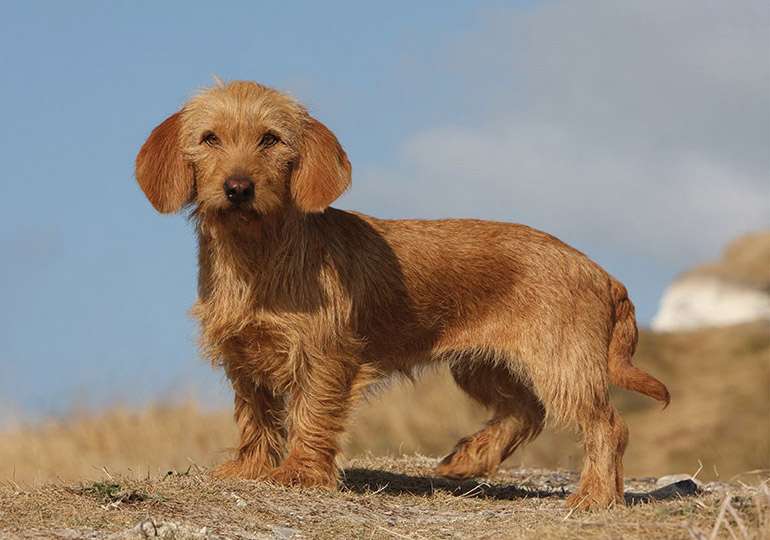
German-born spitz-like canines are known as the German Spitz.
Traits
The five variants of the German Spitz, a breed of long-haired, double-coated spitz-type dogs, differ greatly in size. According to the breed standard, all variations have a double coat that is made up of a short, dense undercoat that resembles cotton wool and a long, straight outer coat. The Samoyed, Finnish, and Swedish Lapphund breeds, as well as other Nordic spitz-type herding dogs, are thought to share a common progenitor with the German Spitz breed.
Care as a Pet/ In Captivity
Feeding
Between 1 and 8 weeks, spitz should be fed once a day with soft food like bread, milk, bananas, etc. When they are 8 to 12 weeks old, they need 4 little meals every day. 3 meals per day are necessary for infants between 3 and 6 months.
Grooming
Grooming a German Spitz will need some effort. These dogs only require brushing a few times per week for the majority of the year, but during the 2- to 3-week spring and fall shedding seasons, when they “blow” their undercoats, they require daily brushing. They won’t frequently need baths (3–4 times a year), unless they get particularly filthy or smelly, thanks to the waterproof nature of their coats and the fact that they don’t get dirty quickly.

Exercise
Make it a routine to play fetch in a secure yard and go for daily walks around the neighborhood with your German spitz. This dog simply needs 30 to 60 minutes of daily exercise to remain content. However, because this breed can get overly winded, you shouldn’t take it on lengthy, strenuous runs or climbs.
Training
The German Spitz is a smart dog that is simple to train. It genuinely wants to please you and can learn a variety of tricks and fundamental commands with the help of rewards like treats and toys. This breed is not innately hostile to people or anxious around other dogs, but socialization of the puppy should start at a young age by introducing it to a variety of people, places, and things to help it grow in confidence. Extra training, particularly teaching the “quiet” command, can assist control a German spitz’s predisposition to become a problem barker at times.
Table





